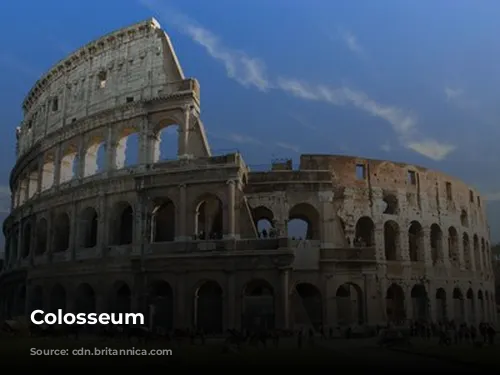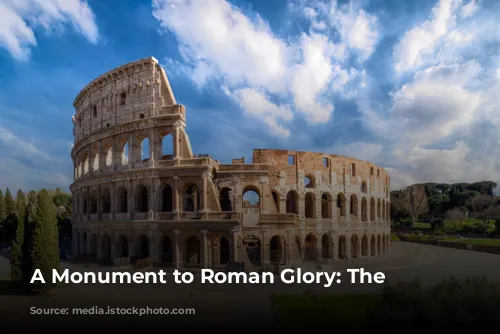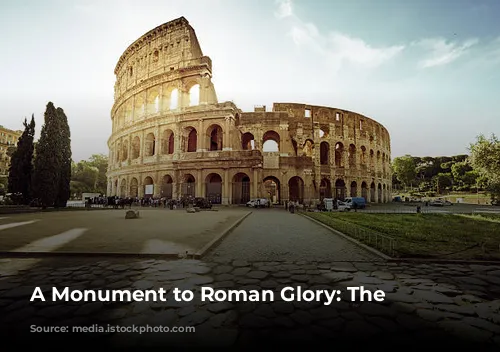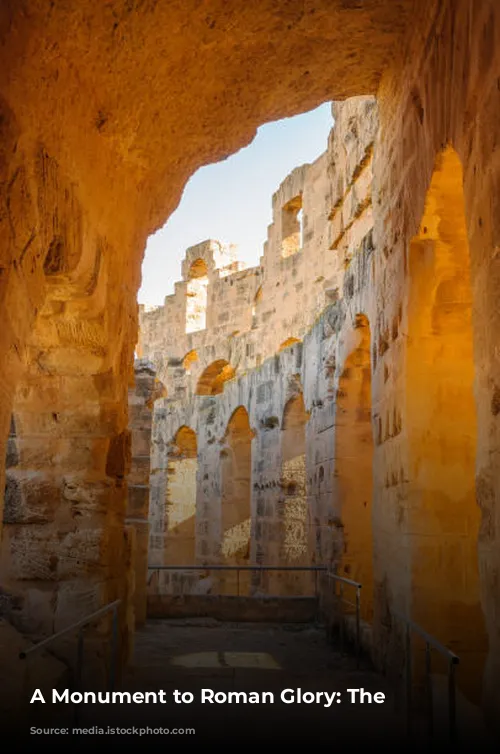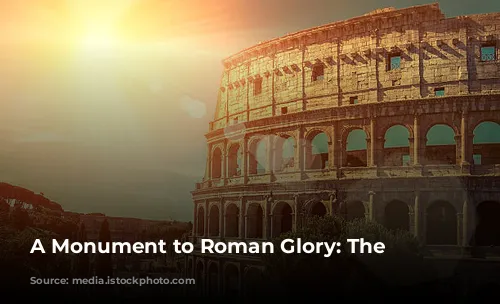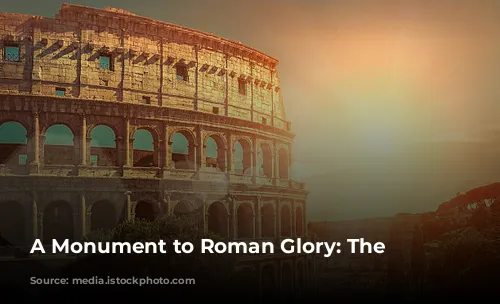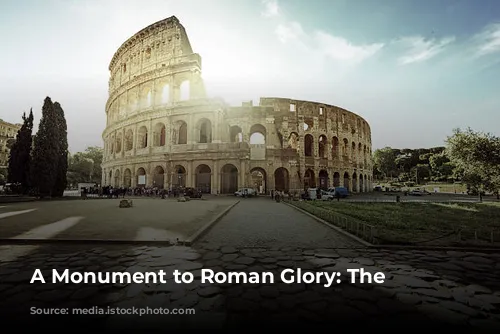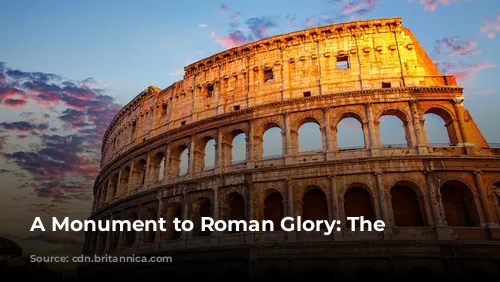The Colosseum, standing proudly in Rome, is more than just a ruin – it’s a testament to the architectural brilliance and engineering skills of ancient Rome. It’s a time capsule that transports visitors back to a bygone era, a time when gladiators battled for glory and emperors entertained their people with spectacular displays of power. The Colosseum remains a powerful symbol of Rome’s past and continues to draw millions of visitors each year.
The Colosseum’s enduring appeal is undeniable. It’s one of the most popular tourist attractions in Italy and a significant source of revenue for the country. In 2018, the Colosseum, the Roman Forum, and Palatine Hill together brought in over $63.3 million, making it the highest-earning tourist attraction in Italy.
From Arena to Quarry: The Colosseum’s Transformation
The Colosseum’s journey through time is a story of both glory and neglect. After the fall of the Western Roman Empire, the once-mighty structure fell into disrepair. During the 12th century, powerful families like the Frangipane and Annibaldi used the arena as a fortress, transforming the site into a stronghold for their power struggles.
The Colosseum’s transformation continued in the late 15th century when Pope Alexander VI permitted its use as a quarry. The structure was stripped of its beautiful marble seats and decorative materials, leaving the once-grand arena a shadow of its former self. This period of disregard lasted for over a thousand years, leaving the Colosseum in a state of decay.
A Symbol of Imperial Power: The Colosseum’s Construction
The construction of the Colosseum was a monumental undertaking, reflecting the ambitious plans of the Flavian emperors. Built between 70 and 72 CE under the reign of Emperor Vespasian, the Colosseum represented a deliberate effort to revitalize Rome after the tumultuous year of the Four Emperors, 69 CE.
Vespasian, known for his pragmatism and ambition, intended the Colosseum to be a symbol of imperial power and a venue for public entertainment. He envisioned a place where gladiators would fight, animals would be hunted, and even mock naval battles would take place, captivating the hearts and minds of the Roman populace.

An Architectural Masterpiece: The Colosseum’s Design and Structure
The Colosseum is an elliptical structure built with stone, concrete, and tuff. It rises four stories high, measuring a remarkable 620 by 513 feet, making it one of the largest amphitheaters ever built. The Colosseum was designed to hold up to 50,000 spectators, providing them with a clear view of the arena’s dramatic events.
The Colosseum’s innovative design was a feat of engineering. Unlike earlier amphitheaters, which were typically built into hillsides for support, the Colosseum is a freestanding structure. It relies on a complex system of barrel vaults and groin vaults to support its weight, showcasing the Romans’ mastery of structural design.
Spectacle and Symbolism: The Colosseum’s Use
The Colosseum was more than just a place of violent entertainment. It was a symbol of Roman power, unity, and spectacle. Gladiators, representing the strength and discipline of the Roman army, fought in the arena, captivating the audience with their skills and bravery.
The Colosseum also hosted animal hunts, showcasing the Romans’ prowess in hunting and their dominance over the natural world. Mock naval battles, featuring elaborate sets and props, brought the excitement of the sea to the heart of Rome. The arena was a space where Romans could witness the power and grandeur of their empire and celebrate their national identity.
Preservation and Legacy: The Colosseum Today
The Colosseum, once a symbol of Roman might, fell victim to time and neglect. It was damaged by earthquakes, lightning strikes, and vandalism, and even stripped of its marble seats to be used as a quarry.
Fortunately, preservation efforts began in earnest in the 19th century. Significant restoration projects, including those led by Pope Pius VIII and a major restoration project in the 1990s, brought the Colosseum back to its former glory. The Colosseum now stands as a testament to the enduring power of ancient Rome, inspiring awe and wonder in visitors from around the world.
The Colosseum’s legacy extends beyond its physical structure. It has inspired artists, writers, and architects for centuries, serving as a source of inspiration and a symbol of Roman ingenuity. Today, the Colosseum remains a powerful reminder of Rome’s rich history and a testament to the enduring power of human creativity and engineering.

